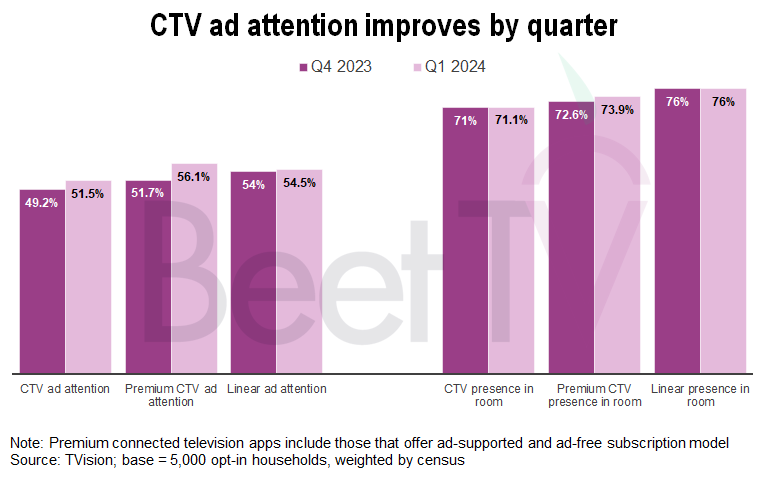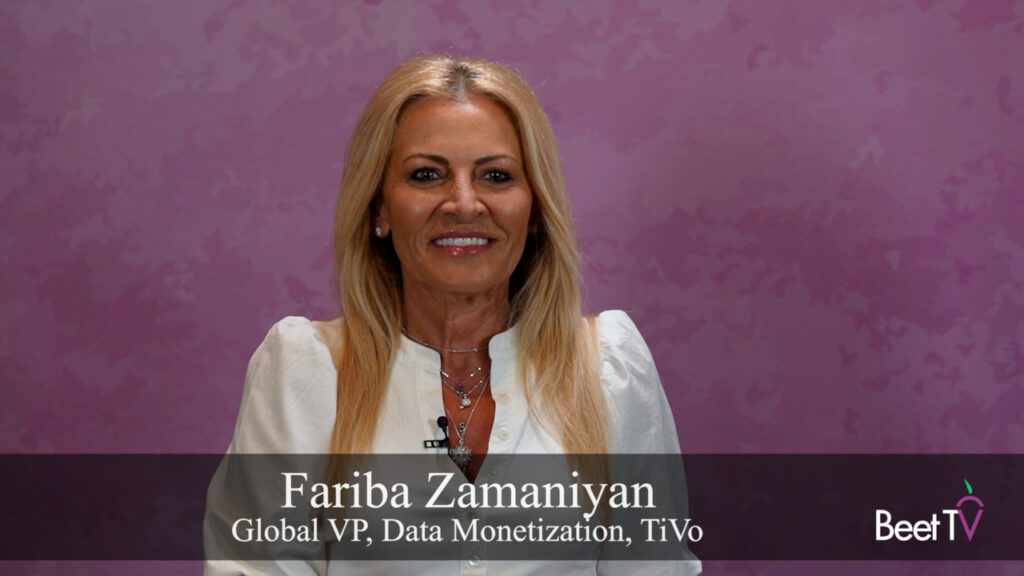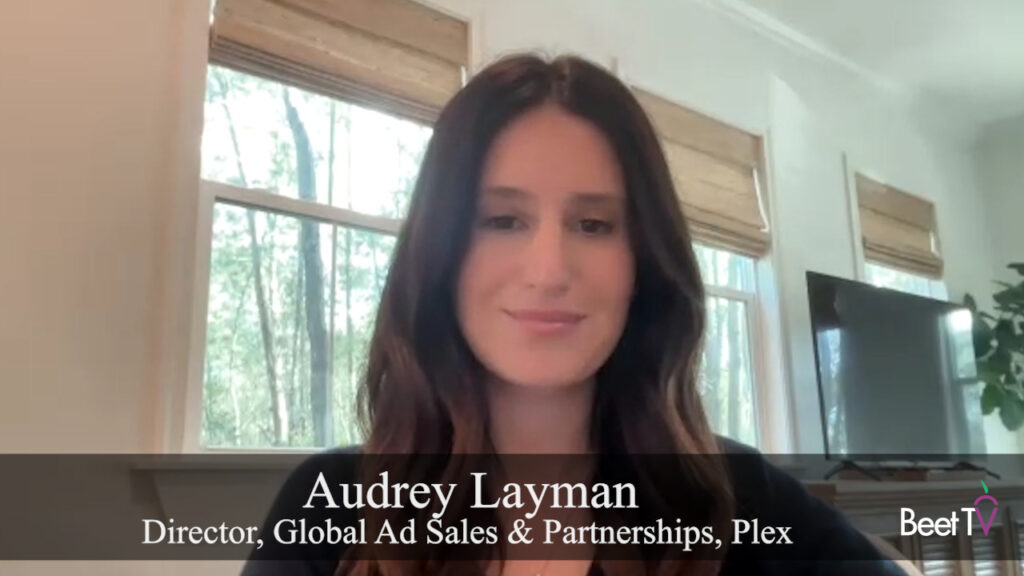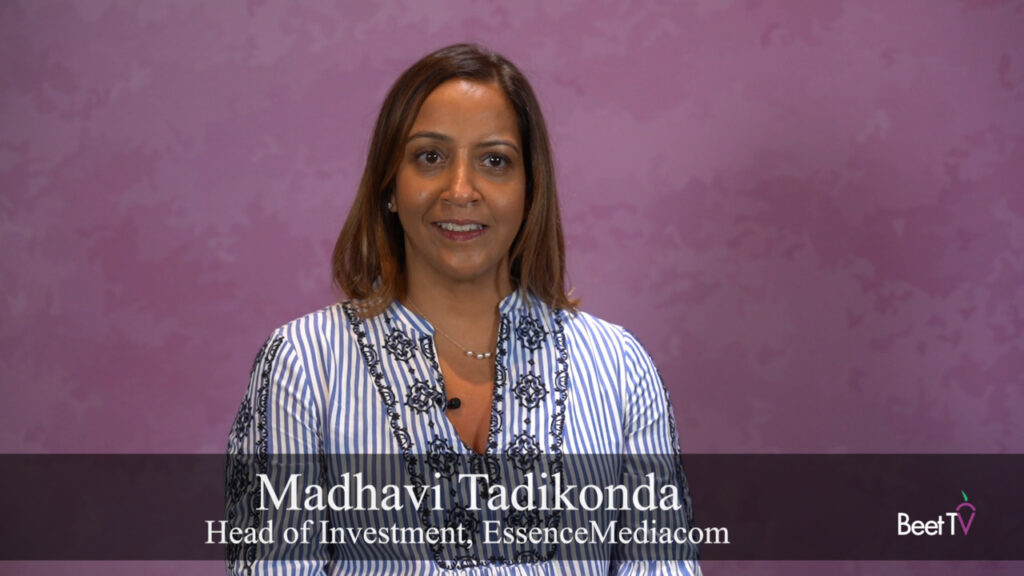The popularity of connected devices such as smart TVs and mobile phones not only has transformed how people watch video programming, but also how advertisers engage with audiences. Connected television provides marketers with a growing range of digital tools.
“All the things that were great about television and all the reasons that we wanted to advertise in television: that exists in CTV,” Travis Scoles, executive vice president of advanced advertising at Paramount, said in this interview with Lisa Granatstein, editorial director of Beet.TV.
“Premium, long-form content, 30-second ads, the best storytelling device ever created, and it’s still available, but now we have all of these new amazing tools,” Scoles said. “The digitization allows us to do things like think about addressability, think about measurement differently.”

Further progress lies ahead, though there are still hurdles as television’s legacy methods of distributing programming through broadcast stations evolve into on-demand streaming.
“This is an industry where people tend to do things incrementally over time,” Scoles said. “We’re just now kind of coalescing around the notion of: it’s all video. But until I think we can really get into that mindset, there’s still going to be these artificial barriers to adoption.”
Streaming apps have given consumers greater control over their viewing experience. As they express their interests in their choices, advertisers can gain greater insights into what kinds of content helps to make audiences more receptive to commercial messaging.
“What makes something relevant? Well, it’s relevant because it resonates with a person,” Scoles said. “At the end of the day, it’s always people that are absorbing advertising and they’re making brand decisions.”
You’re watching “Why Relevance Rules in Ecommerce,” a Beet.TV Leadership Series presented by Rokt. For more videos, please visit here.


































